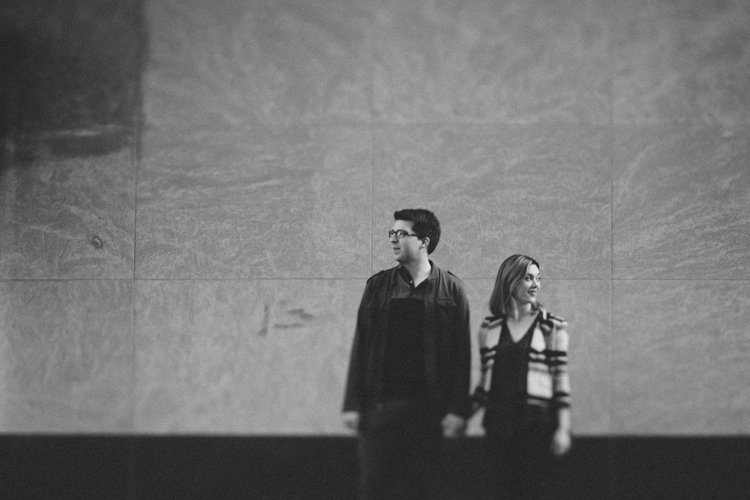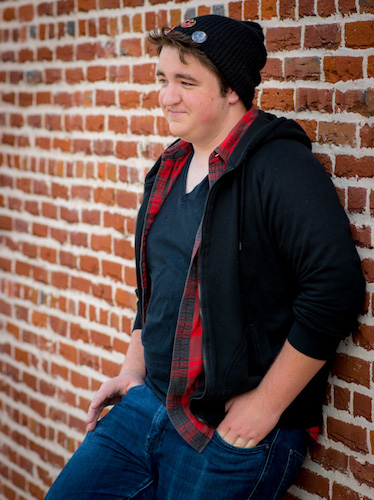The post How to Define Your Ideal Photography Client appeared first on Digital Photography School. It was authored by Mat Coker.
Many photographers in business struggle because they fail to understand who their ideal photography client is. Your ideal photography client is the person you love to work with and who wants exactly what you offer.
When you understand the sort of person who would want to hire you, you can speak directly to them in your social media and on your website. And when they stumble across your work, they will know that you are the one they want to hire.

After a couple of years of experience in business I began to tailor what I want to offer to the people I wanted to work with.
1. Do they want what you offer?
First, you need to determine what you want to offer as a photographer. What is the end product you want to deliver?
That decision includes digital or prints, the number of photos you wish to deliver, your style, number of hours put into the job, retouching, etc.
You may be deciding between:
- Studio/outdoors (on location)
- Posed vs candid (lifestyle)
- Digital vs print
- Many photos vs few
- Your vision or theirs
- Just photography, or a line of products

First, figure out what you want to offer, then match yourself up with people who want what you offer. Don’t be sidetracked by people who say you should be offering something else. Limit yourself to what you actually want to pursue and deliver (but feel free to experiment too).
I offer outdoor family photo sessions that focus more on candid moments than posed ones. I provide families with a digital gallery of 100+ photos. This is what I like to give. I like to spend time with the family and then give them lots of photos to enjoy.
My ideal family wants a lot of photos that they can turn into photo books, etc. I’m thrilled to spend an hour with a family photographing an adventure and then showing them all the fun photos I made.
When somebody contacts me for one posed print I send them to another photographer who specializes in that.

2. Match your approach with their personality
Your personality and approach to your photography is part of what you’re offering.
It may be the case that people want what you offer, but they don’t like your personality or approach.
Don’t take this personally. After all, there are many potential clients that you wouldn’t want to work with either.
For example, some lifestyle photographers take a photojournalist approach to their sessions and will not interrupt the scene. They give very little direction. While other lifestyle photographers direct and control every aspect of the session. The end product may be a collection of candid-looking photos but one photographer micromanaged every detail of those moments while the other influenced very little.
Whatever your approach to photography is, there will be people who don’t like it. Be clear about your personality and the way you work and you will naturally repel people you wouldn’t want to work with and attract the ones you do.
If you’re assertive and take charge, let people know.
If you need space to work out your vision and don’t want constant input from the client, let them know.

I always let parents know there needs to be room for play and fun in our sessions. It’s hard for some parents to let their kids have fun, but when they do the photos show it.
3. Look below the surface
As you seek to attract your ideal client, don’t assume that your ideal clients will have the details of their lives in common with each other or with you.
My ideal customers are quite different on the surface. Some of them live in the country, others live in big cities. Some are covered in tattoos, others have none. They work in offices, the trades, or are entrepreneurs. Some spend nothing on their wardrobe, some spend more on it than the photos. But it’s not what’s on the surface.
My ideal customers are families who love each other. They are creative and want a playful photo session. They like candid moments. They love the human nature that I portray in my photos. They enjoy receiving a gallery filled with digital photos that they can share online, and make photo books and gifts with. Family is everything to them and to me.

What to do when you’re stuck with terrible clients
No matter what sort of photography business you run, you’re going to end up working with the wrong clients sometimes. That’s okay.
Working with the wrong clients helps to reinforce who the right ones are.
When you can learn to make the wrong clients happy, you’ll do even better with the right ones.
Learning to work with people who don’t share your vision will help you to grow. You may even learn something in the process that you wouldn’t have learned otherwise.
I try my best not to attract clients who are too nervous to have fun, or who only want one or two quick shots, or who are too miserable to enjoy the session. But occasionally those people hire me and I do my best to make them happy anyway.

Who is your worst client?
If you’re not sure who your ideal client is, begin by describing the client you don’t want to work with. Then list the clients you’ve been happiest to work with. What did you like about working with them? What did they like about working with you? What was their personality like? Tailor your marketing toward people like them.
The post How to Define Your Ideal Photography Client appeared first on Digital Photography School. It was authored by Mat Coker.


















































 This second lesson is more practical and less emotional, but it rings true for me every time. My initial edits to my pictures are almost never the same as my final edits, and thus rushing to share images right away inevitably leads me to getting an inferior product into the hands of my customers. My editing workflow in Lightroom looks something like this:
This second lesson is more practical and less emotional, but it rings true for me every time. My initial edits to my pictures are almost never the same as my final edits, and thus rushing to share images right away inevitably leads me to getting an inferior product into the hands of my customers. My editing workflow in Lightroom looks something like this:








You must be logged in to post a comment.